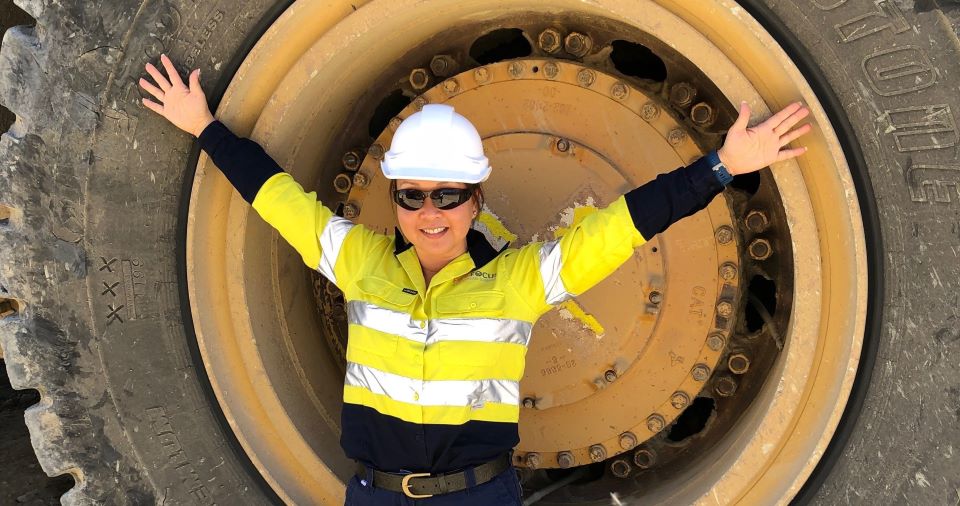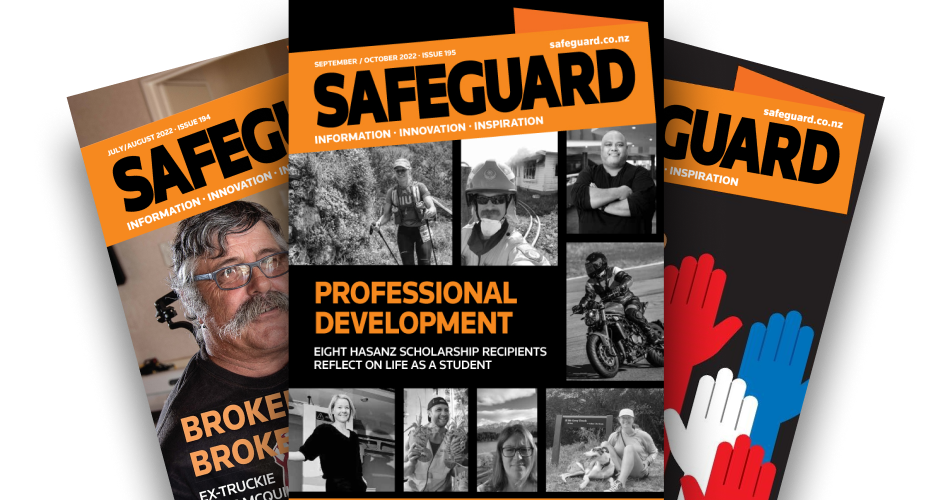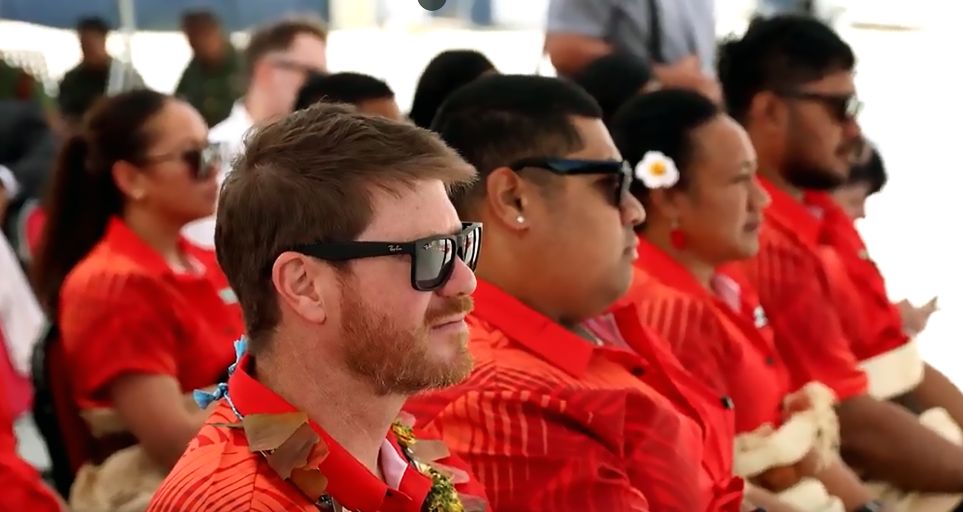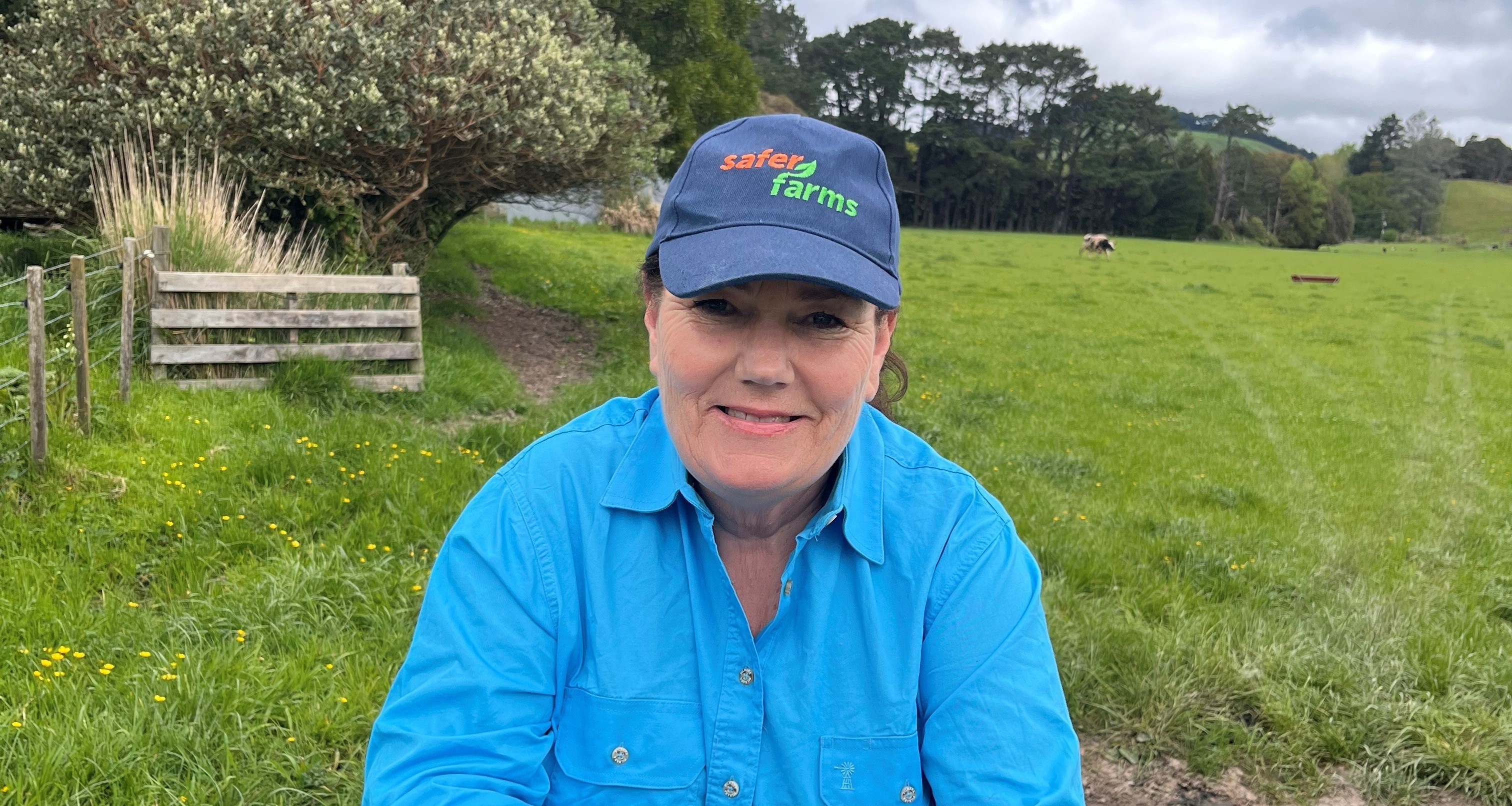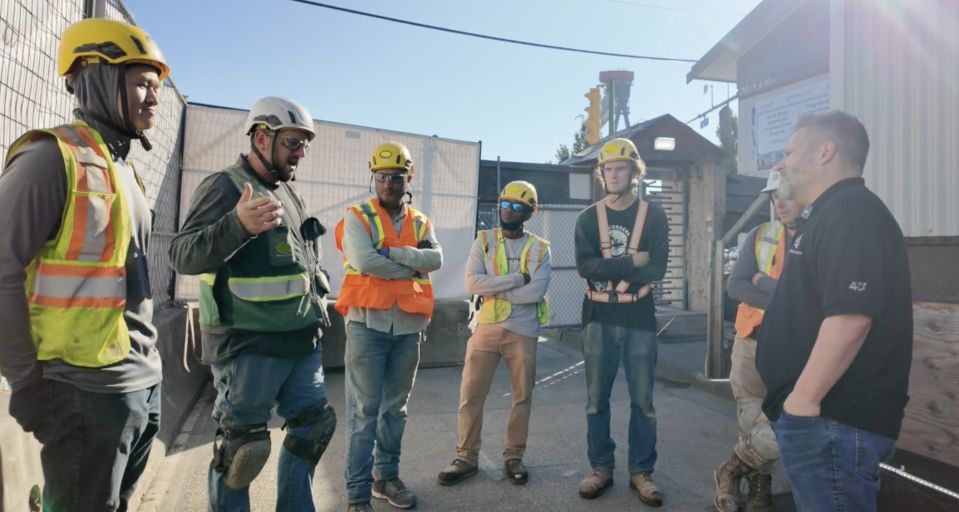I visit many workplaces where wellbeing is taken seriously, not just as a box to tick but as a reflection of values. There’s genuine care for people, a strong community spirit, and a belief that work should be more than just tolerable – it should feel good to be part of something.
That’s certainly true in Aotearoa New Zealand, where the concept of wellbeing runs deep, embracing the physical, mental, spiritual, and social. It shows up in the way teams look out for each other, in the laughter over smoko, in leaders who know their people by name. It’s a country that values fairness, connection, and a job done properly.
So when I hear about workplaces doing morning stretch sessions, putting a kai basket in the tearoom, or bringing in a local mental health speaker, I see where it’s coming from: people trying to do right by each other. And that’s worth acknowledging.
But alongside that care I often see another pattern, on both sides of the Ditch: people trying to create a culture of wellbeing while the work itself is grinding them down.
If the job design isn’t right, no amount of pizza, step challenges or support messages can undo that strain. You can build connection and culture, but if roles are overloaded, rosters unpredictable or conflict goes unaddressed, people will still burn out, zone out, or check out.
It’s like trying to build a welcoming house but skipping the foundations. The roof might look good, but it won’t hold under pressure.
Leadership starts in design
When we talk about psychosocial safety, we’re not talking about how people feel, we’re talking about how work is structured and led. The way rosters are set, expectations are communicated, and roles are supported. These are design choices. And they’re often made well above the tearoom.
Wellbeing may be championed by HR or health and safety teams, but it relies on buy-in from operations and leadership. It shows up in decisions about how we get the work done. That’s what turns a wellbeing initiative from a gesture into a foundation.
When we focus on the work, not just the worker, we create environments where people don’t have to be constantly “resilient”. They can just do their jobs well, go home safe, and return the next day without the invisible cost.
Getting the sequence right
When people ask me what to focus on first – job satisfaction, engagement, or psychosocial safety – I offer this simple order of operations:
Start with psychosocial safety.
Because that’s about risk, not just feelings. Think role clarity, realistic workload, fair treatment, and supportive leadership. If those are off, everything else wobbles.
Then build engagement.
Because once people feel safe and supported, they can lean in. Engagement is about energy, meaning, and shared goals — but it can’t thrive in chaos or harm.
Then focus on satisfaction.
That’s the cherry on top. It helps people stay and feel good about staying, but it’s not the root cause of poor wellbeing.
Why it’s worth it
When we address work design, we’re not just helping individuals, we’re creating environments where everyone can thrive. That includes:
- New staff who don’t yet know how to speak up.
- Older workers navigating change or recovery.
- Leaders trying to support others while running on empty themselves.
- Whole teams who’ve normalised pressure, just to get the job done.
Designing work well is one of the most inclusive things we can do. It’s where fairness lives, and it’s where great leadership quietly shows up.
So if your workplace is offering morning tea, stretch breaks, or a chat over a cuppa, keep going. But pair it with curiosity. Ask:
- What’s hard about this job, and can we fix it?
- Where are the pressure points in how the work is set up?
- What would this role look like if it were truly safe, fair, and sustainable?
Wellbeing isn’t just what we bring to the workplace. It’s what the workplace brings to us.
And when we get the work right, the people will rise.
Perth-based organisational psychologist Sandra Lam is managing director of PerMentis|FIFO Focus.
